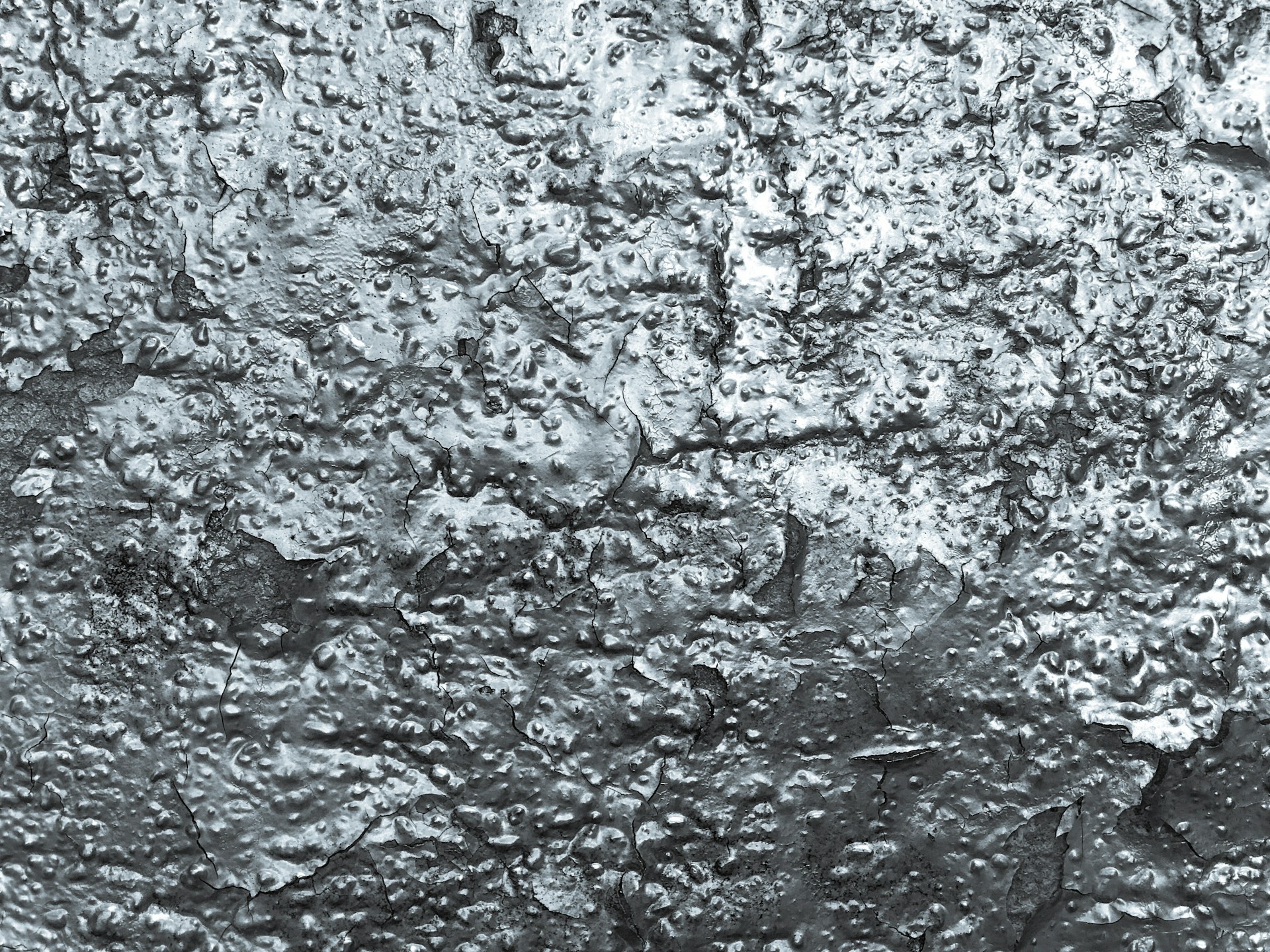Chemists have long been looking for ways to safely handle and transport pyrophoric organometallics such as dimethylzinc (ZnMe₂) and diethylzinc (ZnEt₂) due to their air sensitivity and spontaneous ignition risk which make both practical handling and detailed structural analysis difficult. Researchers from the Institute of Physical Chemistry of the Polish Academy of Sciences and the Warsaw University of Technology have recently unveiled a supramolecular approach that traps these volatile molecules within a robust crystalline framework, opening new avenues for their safe manipulation and analysis. Their research, which was published in Science Advances can be found here:
Sokołowski, K., Justyniak, I., Terlecki, M., Fairen-Jimenez, D., Bury, W., Budny-Godlewski, K., Nawrocki, J., Kościelski, M., & Lewiński, J. (2025). Stabilization toward air and structure determination of pyrophoric ZnR 2 compounds via supramolecular encapsulation. Science Advances, 11(17). https://doi.org/10.1126/sciadv.adt7372
Janusz Lewiński a Professor at the Faculty of Chemistry, Warsaw University of Technology and Head of Department of Organometallic Chemistry, his team and Catalysis’s team at the Polish Academy of Sciences designed a heteroleptic zinc-based framework that acts as a “sponge” for ZnR₂ compounds. The host lattice relies on noncovalent interactions to immobilise guest molecules, enabling their structural characterisation by routine single-crystal X-ray diffraction under ambient conditions. Dr. Iwona Justyniak, a co-author of the study stated:
“The non-covalent immobilisation of ZnR₂ molecules within the crystalline matrix allows their structural characterisation in a new confined environment,”
As well as observing the guest structures, the crystalline sponge also distinguishes and separates closely related species. In model experiments, the team achieved selective uptake and isolation of ZnMe₂ from a ZnMe₂/ZnEt₂ mixture, hinting at applications in reagent purification and on-demand generation of organometallic intermediates. Dr. Michał Terlecki stated:
“The great potential of the reported assemblies is demonstrated by efficient separation of ZnMe₂ from a mixture of ZnMe₂/ZnEt₂,”
The encapsulation process is reversible. Dissolution or gentle heating of host crystals frees the sequestered ZnR₂, making it easier to control over very reactive reagents for release. Recyclable material storage is provided by this reversibility, neutralising the hazard of direct hand manipulation.
Further development of the method can be done in the future to other sensitive reagents or combined with optimised functionalized hosts for particular materials-science or catalytic application. Dr. Kamil Sokołowski, first co-author of the paper stated:
“Our method paves the way for innovative supramolecular systems designed to capture, stabilise, and store dangerous reagents,”
The research was led by Professor Janusz Lewiński (Institute of Physical Chemistry, Polish Academy of Sciences). First co-authors Kamil Sokołowski, Iwona Justyniak, and Michał Terlecki and other contributions from David Fairen-Jimenez, Wojciech Bury, Jan Nawrocki, Krzysztof Budny-Godlewski and Marek Kościelski.

Hassan graduated with a Master’s degree in Chemical Engineering from the University of Chester (UK). He currently works as a design engineering consultant for one of the largest engineering firms in the world along with being an associate member of the Institute of Chemical Engineers (IChemE).



